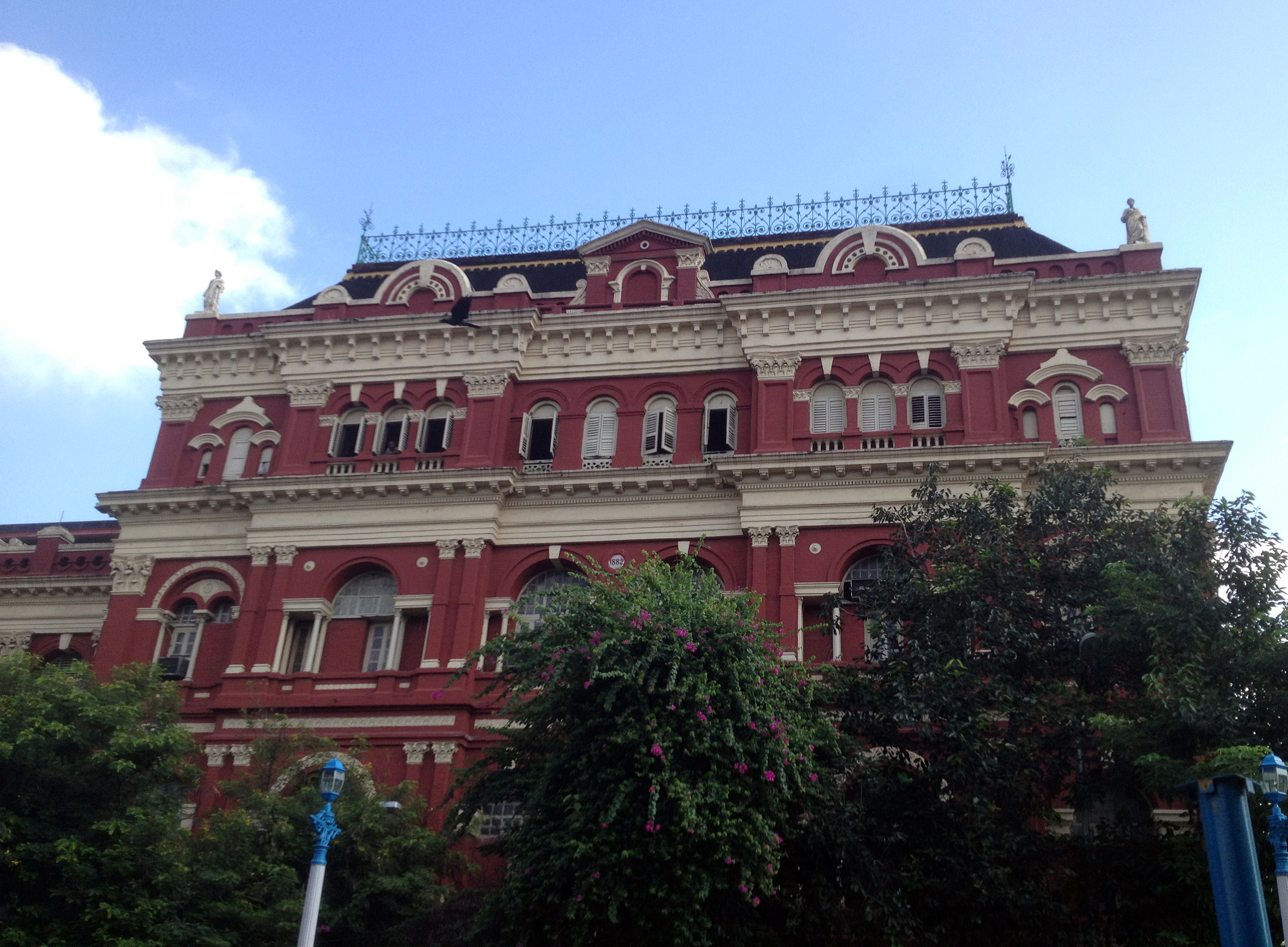Prime Minister of Bengal on:
[Wikipedia]
[Google]
[Amazon]
The Prime Minister of Bengal was the


head of government
The head of government is the highest or the second-highest official in the executive branch of a sovereign state, a federated state, or a self-governing colony, autonomous region, or other government who often presides over a cabinet, a ...
of Bengal Province and the Leader of the House in the Bengal Legislative Assembly in British India
The provinces of India, earlier presidencies of British India and still earlier, presidency towns, were the administrative divisions of British governance on the Indian subcontinent. Collectively, they have been called British India. In one ...
. The position was dissolved upon the Partition of Bengal in 1947.
History
The office was created under theGovernment of India Act 1935
The Government of India Act, 1935 was an Act adapted from the Parliament of the United Kingdom. It originally received royal assent in August 1935. It was the longest Act of (British) Parliament ever enacted until the Greater London Authority ...
, which granted Bengal a bicameral
Bicameralism is a type of legislature, one divided into two separate assemblies, chambers, or houses, known as a bicameral legislature. Bicameralism is distinguished from unicameralism, in which all members deliberate and vote as a single gr ...
legislature, including the Bengal Legislative Council
The Bengal Legislative Council ( was the legislative council of British Bengal (now Bangladesh and the Indian state of West Bengal).
It was the legislature of the Bengal Presidency during the late 19th and early 20th centuries. After reforms wer ...
and the Bengal Legislative Assembly. The Prime Minister was in charge of the executive branch
The Executive, also referred as the Executive branch or Executive power, is the term commonly used to describe that part of government which enforces the law, and has overall responsibility for the governance of a state.
In political systems ...
. The Prime Minister of Bengal played an important role in pan-Indian politics, including proclaiming the Lahore Resolution and dealing with Japanese attacks during World War II
World War II or the Second World War, often abbreviated as WWII or WW2, was a world war that lasted from 1939 to 1945. It involved the World War II by country, vast majority of the world's countries—including all of the great power ...
.
The Congress party
The Indian National Congress (INC), colloquially the Congress Party but often simply the Congress, is a political party in India with widespread roots. Founded in 1885, it was the first modern nationalist movement to emerge in the British Em ...
boycotted the office due to its anti-British policy. The office was held by three Muslims. The first premier was A. K. Fazlul Huq, the leader of the anti-feudalist Krishak Praja Party. Huq formed his first government with the All India Muslim League
The All-India Muslim League (AIML) was a political party established in Dhaka in 1906 when a group of prominent Muslim politicians met the Viceroy of British India, Lord Minto, with the goal of securing Muslim interests on the Indian subcont ...
in 1937. The League withdrew support in 1941, after which Huq forged a coalition with the Hindu Mahasabha
The Hindu Mahasabha (officially Akhil Bhārat Hindū Mahāsabhā, ) is a Hindu nationalist political party in India.
Founded in 1915, the Mahasabha functioned mainly as a pressure group advocating the interests of orthodox Hindus before the ...
led by Syama Prasad Mukherjee. The Huq-Syama coalition lasted till 1943. Huq was succeeded by a Muslim League ministry led by Sir Khawaja Nazimuddin. A conservative figure, the Nazimuddin ministry lasted till 1945, when governor's rule was imposed. The next election saw H. S. Suhrawardy lead the Muslim League to a majority. Suhrawardy sought an undivided Bengal with support from Hindu leaders and the British governor; but faced challenges like the Noakhali riots, Direct Action Day
Direct Action Day (16 August 1946), also known as the 1946 Calcutta Killings, was a day of nationwide communal riots. It led to large-scale violence between Muslims and Hindus in the city of Calcutta (now known as Kolkata) in the Bengal pro ...
and the idea was also rejected by the All India Congress party who called for partitioning of Bengal.
List of prime ministers of Bengal (1937–1947)


Legacy
When Bengal was partitioned, the office was succeeded by the Chief Minister of West Bengal and the Chief Minister of East Bengal. All three Bengali premiers moved to East Bengal, where they continued to be influential statesmen. Nazimuddin served as East Bengal's chief minister, and later became Governor General and Prime Minister of Pakistan, Suhrawardy becamePrime Ministers of Pakistan
The prime minister of Pakistan ( ur, , romanized: Wazīr ē Aʿẓam , ) is the head of government of the Islamic Republic of Pakistan. Executive authority is vested in the prime minister and his chosen cabinet, despite the president of Pakis ...
, while Huq served as East Bengal's chief minister, and later as East Pakistan's governor. The three premiers are considered the forerunners of politics in modern Bangladesh
Bangladesh (}, ), officially the People's Republic of Bangladesh, is a country in South Asia. It is the eighth-most populous country in the world, with a population exceeding 165 million people in an area of . Bangladesh is among the mo ...
.
See also
*Legislatures of British India
The Legislatures of British India included legislative bodies in the presidencies and provinces of British India, the Imperial Legislative Council, the Chamber of Princes and the Central Legislative Assembly. The legislatures were created under ...
* Prime Minister of Bangladesh
The Prime Minister of Bangladesh ( bn, বাংলাদেশের প্রধানমন্ত্রী, translit=Bangladesher Prodhanmontri), officially Prime Minister of the People's Republic of Bangladesh ( bn, গণপ্রজা ...
References
{{Reflist Provinces of British India Bengal Presidency Prime Ministers of British India